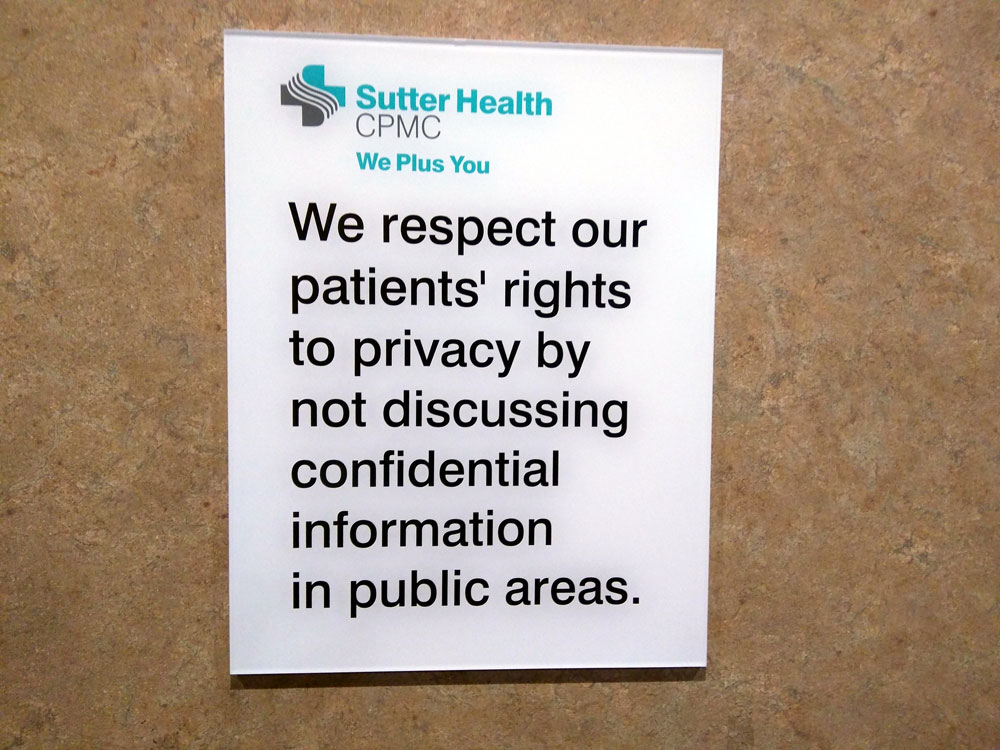
October 3, 2019; New York Times
California Attorney General Xavier Becerra, along with a group of patients and providers, have filed a lawsuit against Sutter Health, alleging anti-competitive behavior and price gouging at the $13 billion-a-year nonprofit health system.
Medical costs are high in Sutter’s Northern California service area. A 2018 study completed by the Nicholas C. Petris Center on Health Care Markets and Consumer Welfare at the School of Public Health at the University of California, Berkeley found that “in Northern California—which is considerably more concentrated than Southern California across all measures of health care market concentration that we analyzed—inpatient prices were 70 percent higher, outpatient prices were 17 to 55 percent higher (depending on the specialty of physician performing the procedure), and ACA (Affordable Care Act) individual market exchange policy premiums were 35 percent higher than they were in Southern California. Even after adjusting for difference in wages between Northern California and Southern California, procedure prices are still “often 20 to 30 percent higher in Northern California than Southern California.”
The New York Times put these differences into stark perspective: “While hospital care for a heart attack cost around $25,000 in San Francisco, it was closer to $15,000 in parts of Los Angeles. A doctor’s visit for a common cold cost $205 in San Francisco, compared to as low as $122 in Los Angeles.”
The state contends that Sutter’s business model has led to these disparities. With total annual revenues of $13 billion, 5,500 doctors, and 24 hospitals, Sutter has effectively linked together a number of hospitals, doctors, and other medical service providers to create a powerful, integrated network. Its scope and size allowed them, the suit alleges, to dominate their market, making it hard for insurers to negotiate lower rates and for patients to find lower cost providers.
Sign up for our free newsletters
Subscribe to NPQ's newsletters to have our top stories delivered directly to your inbox.
By signing up, you agree to our privacy policy and terms of use, and to receive messages from NPQ and our partners.
As a nonprofit, Sutter claims it is focused on benefiting the community it serves: “We believe that every moment matters when it comes to helping you live a longer, healthier and happier life.” They take pride in the services they provide to low-income patients and their support of medical research designed to improve the quality of care.
In comments reported by the San Francisco Chronicle, among others, spokesperson Amy Thoma Tan says, “Sutter is not violating antitrust laws by integrating its hospital system and negotiating systemwide contracts with insurance companies. There is no evidence that Sutter has hurt competition. This lawsuit irresponsibly targets Sutter’s integrated system of hospitals, clinics, urgent care centers and affiliated doctors.”
From a business perspective, Sutter’s strategy seems effective. They have grown and have a strong balance sheet. They have done what wise counsel would suggest every nonprofit—and indeed every business, nonprofit or for-profit—should do: adapt to their environment. Of course, whether they have done so in a way that violates anti-trust law will be a matter the courts will have to decide. If Sutter is found guilty of manipulating prices, it could face new constraints on how it negotiates payment prices with health insurance companies.
Meanwhile, we are left to ponder important questions about the nonprofit health care sector, which is constantly growing, but arguably may be doing so in ways that undermine mission goals. As NPQ’s Karen Kahn noted last month, many nonprofit health systems earn large surpluses that help finance “new money-making facilities for cardiac or other specialized care units that increase revenues,” but don’t necessarily improve overall health outcomes. Kahn adds that, “Ensuring that nonprofit health systems continue their investments in charitable care and community programs that address social determinants of health requires constant vigilance by regulators, legislators, and community activists who are cognizant of the needs of their communities.”—Martin Levine











